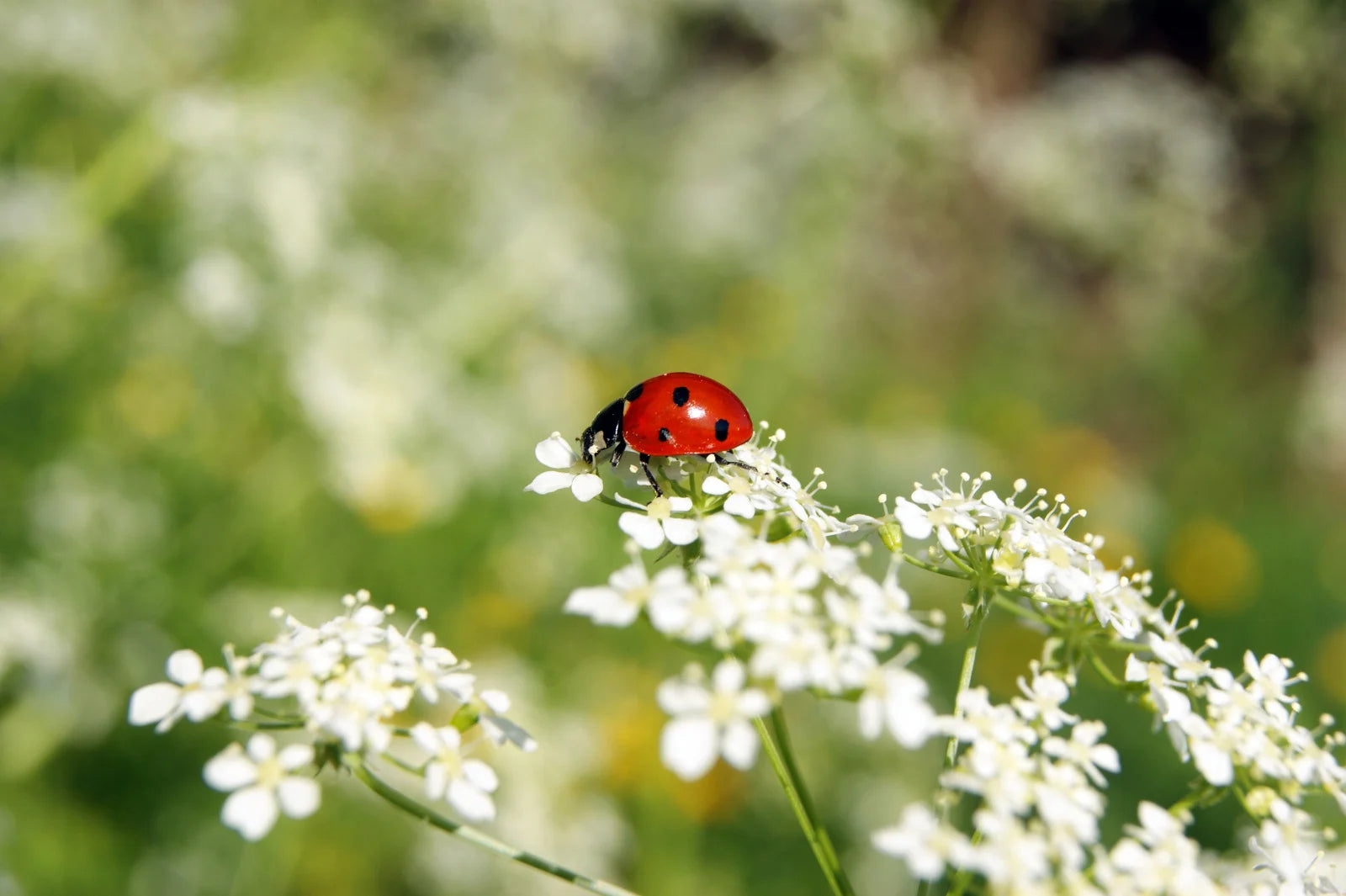In survival gardens, where self-sufficiency and resilience are paramount, protecting crops from pests and diseases becomes crucial. Rather than resorting to chemical-laden solutions, organic and natural methods provide sustainable alternatives that promote long-term garden health. This article aims to identify common pests and diseases that can threaten survival gardens and delve into effective organic strategies for prevention and control.
Identifying Common Pests and Diseases
Before discussing prevention and control, it's important to recognize the key pests and diseases that commonly plague survival gardens:
- Aphids: These tiny, sap-sucking insects can rapidly infest plants, stunting their growth and spreading diseases.
- Caterpillars: Larvae of butterflies and moths, caterpillars chew through leaves, causing severe damage to plants.
- Fungal Diseases: Common fungal infections like powdery mildew and blight can quickly decimate crops.
- Tomato Hornworm: These large, green caterpillars feed voraciously on tomato plants, leaving them stripped and weakened.
- Snails and Slugs: These slimy creatures consume leaves, stems, and fruits, leaving behind telltale trails of destruction.

Prevention and Control Strategies
-
Bat Houses: Bat houses are specially designed structures that provide shelter for bats, offering numerous benefits, with one of the most notable being natural pest control. These unique habitats serve as an inviting home for bats, attracting them to your property and encouraging them to establish colonies.
-
Beneficial Insects: Encourage the presence of beneficial insects like ladybugs, lacewings, and praying mantises, which feed on harmful pests. Planting nectar-rich flowers and installing insect houses can attract these allies.
-
Natural Barriers: Erect physical barriers like fences, netting, and row covers to protect plants from larger pests like rabbits and deer. Use copper tape around pots and raised beds to deter slugs and snails.
-
Crop Rotation: Practice crop rotation by alternating plant families each season to disrupt pest and disease life cycles. This helps prevent the buildup of pests and pathogens in the soil.
-
Organic Sprays and Solutions: Homemade organic sprays can help control pests and diseases. Neem oil, for example, is effective against aphids and fungal infections. Garlic and chili pepper sprays can repel insects.
-
Soil Health: Maintain healthy soil by adding organic matter, compost, and well-rotted manure. Nutrient-rich soil promotes plant vigor and resilience, making them less susceptible to pests and diseases.
-
Proper Watering and Pruning: Overwatering can weaken plants, making them more prone to diseases. Water at the base of plants in the morning to allow foliage to dry. Prune diseased or damaged plant parts promptly to prevent the spread of infection.
-
Handpicking and Trapping: For larger pests like caterpillars and slugs, manually remove them from plants and dispose of them far away from the garden. Set up traps, such as beer traps for slugs, to reduce their numbers.

Bat Houses: The Underappreciated Natural Pest Control
Bat houses are purpose-built structures that offer a multitude of advantages by providing bats with shelter. These specially designed habitats not only serve as inviting homes for bats but also play a crucial role in promoting natural pest control. By installing bat houses on your property, you create an enticing environment that attracts bats and encourages the formation of colonies. Bats are voracious insect consumers, devouring thousands of mosquitoes, flies, moths, and other pests every night.
Bats are one of the most underappreciated creatures that benefit our ecosystem. By providing bats with a safe and suitable roosting place, such as a well-placed bat house, you create a win-win situation. Bats find a secure habitat, while you enjoy reduced pest populations without relying on chemical pesticides. Not only does this promote a more balanced and eco-friendly ecosystem, but it also helps protect your garden, crops, and outdoor spaces from pests. Adding bat houses to your property is an effective and environmentally friendly way to harness the pest-controlling power of these amazing creatures.
Build Up Your Survival Garden Resiliency
In survival gardens, where the reliance on healthy crops is vital, natural pest and disease management methods offer sustainable solutions that promote garden longevity. By understanding the common threats and employing organic prevention and control strategies, gardeners can safeguard their plants without resorting to harmful chemicals. Remember, a balanced ecosystem that fosters beneficial insects, healthy soil, and diverse planting practices can help maintain the delicate equilibrium necessary for a thriving survival garden. With dedication and knowledge, organic gardening becomes a cornerstone of self-sufficiency and resilience in any survival situation.
Next Steps
By investing in natural pest control in your survival garden, you will gain more yields every year that can help you sustain yourself in times of crisis. For more information on the health benefits of these crops and lifestyle benefits of growing a survival garden with survival seeds.











